Australian-born Yasmin Newman publishes book on Filipino cuisine, culture
Despite the Philippines’ location right in the middle of Southeast Asia, most people know very little about the country and even less about its cuisine. For Filipinos, food is more than sustenance; it is their cultural language.Filipinos use food to apologize, woo a woman, ask a favor, or say thank you; it fills in social gaps and crosses borders of religion and class. Filipino food can be seen through the prism of its unique and colorful history, with influences from Malaysia, Spain, China, Mexico, and the US, adding to the cuisine’s rich texture.
Australian-born Filipino Yasmin Newman travelled to the Philippines every other year growing up to visit family, but it wasn’t until she was on assignment as an adult that she was able to experience the country and its cuisine on her own.
Yasmin is a writer, editor, presenter, photographer, and recipe tester. She presents the Filipino Kitchen Conversation program on SBS radio in Australia and is also a freelance food and travel writer, having published articles with MasterChef, Delicious, Feast, Selector and MindFood magazines. Yasmin lives on the Central Coast, just north of Sydney.
Her book, “7000 Islands: A Food Portrait of the Philippines,” is an illustrated guide to Filipino food and an insight into the culture and history of the Philippines.
Unlike many Filipino cookbooks that assume a large degree of local knowledge, this book aims to fill the gaps for people who have never tasted or cooked the cuisine before. Over 80 percent of the ingredients can be found in your local supermarket, and the rest are easily found online at specialty retailers.
The cookbook is divided into 13 chapters including dipping sauces (sawsawan), breakfast (almusal), soups (sabaw), everyday food (ulam), seafood (pagkain dagat), party food (pagkain pang fiesta), barbecue (inihaw), rice and noodles (kanin at pancit), vegetables and salads (gulay at ensalada), bar and finger food (pulutan at pica-pica), snacks (merienda), desserts (minatamis), and drinks (inumin). The detailed, easy-to-follow recipes outline some of the tricks of the trade, such as how to get the most out of garlic, when to double-fry for best results, and why vinegar should not be stirred. “7000 Islands” offers a flavor-filled account of this wonderful country’s people whose hearts are as big as their cuisine.
Pasalubong has no direct English translation, she writes.
“The word is derived from salubong, meaning ‘to welcome’ or ‘reception’. You could call it a gift from one’s travels, but its meaning is much more nuanced. Pasalubong is also not as big as Western-style presents; usually, it’s something small and given regularly. I like to think of it as a token of affection. Pasalubong can be literally anything, from a souvenir key chain to a lipstick shade that’s popular abroad. Nine times out of ten, however, it’s food.
“I was enamoured with the tradition. Tracking down specialties was easy; locals were proud ambassadors and a simple request would reveal where to find stores specializing in famous ham or the sweetest, freshest mangoes. Surprisingly, buying en masse takes some getting used to; I stockpiled as much as I could. My small offering (brought back for my family during recent travels) was appreciated, but I’d expected them to tuck straight in. Instead, the items were placed on the main dining room table, where the pile slowly disappeared throughout the week as family members or guests dropping by grabbed a treat on their way past. With time, I learned an immediate reward isn’t a given with pasalubong, as it is with gift-giving in the West. Pasalubong isn’t wrapped, so there is no grand unveil, and the item is not always eaten straight away. The point is not to satisfy your own ego; pasalubong is about brightening your recipient’s day. And a fly on that person’s wall would tell you that food gifts are taken home to be shared with the rest of one’s family and utterly savored.”
Published by Australia’s Hardie Grant Books in September 2013, “7000 Islands” is available at Rizzoli in New York and on Amazon.

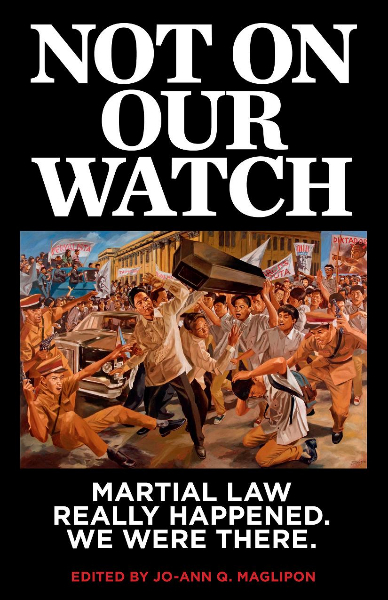
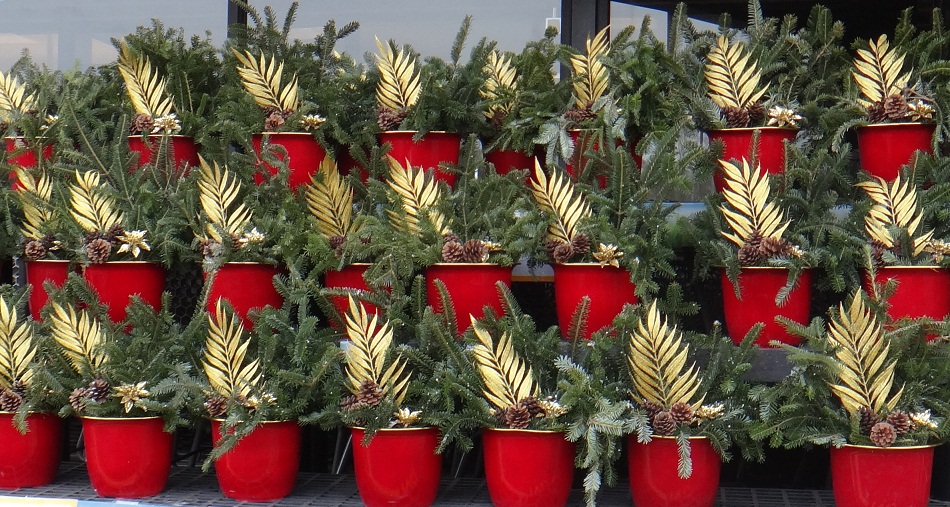

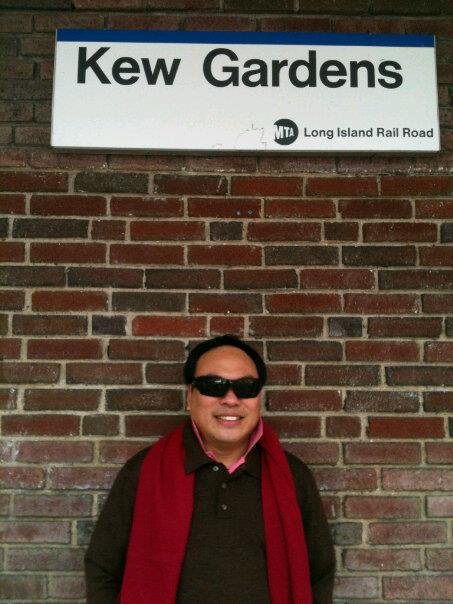


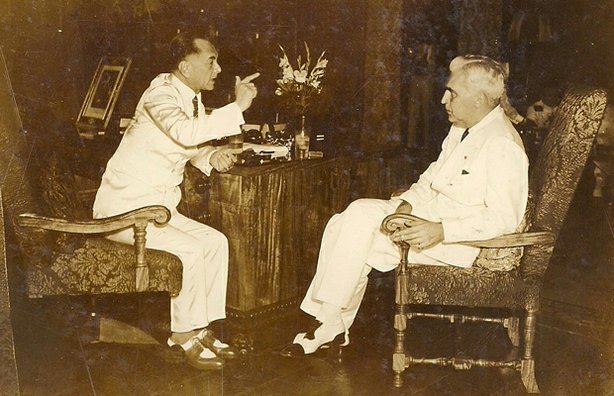

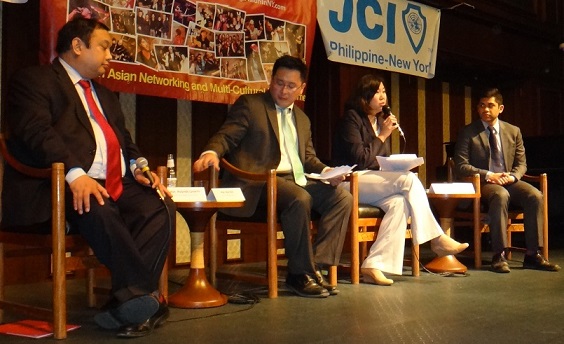
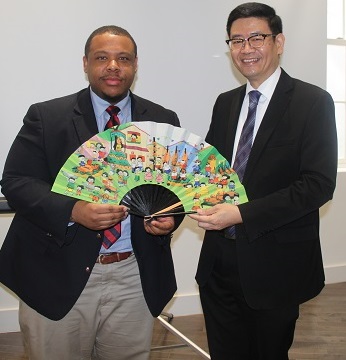
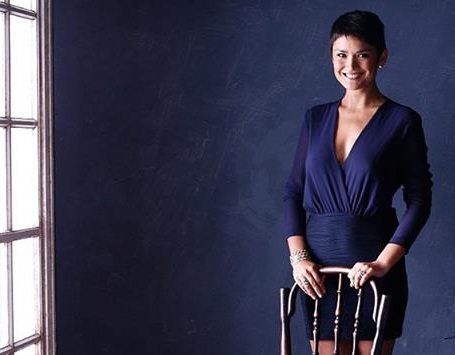
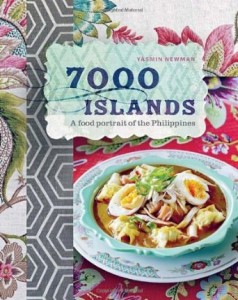

Thanks for wonderful article.